Below are two methods that are declared in different style. Both are doing the same work. I am wondering, why
- different syntax is required to check type of function (yellow block)
- different syntax is required to call function (green block)
- declaration of both methods on scala repl gives different results (red block)
Also, please suggest, which one is the preferred way to declare methods or are there any special use cases for both the styles of method declaration?
Edit 1:
Below are the commands from screenshot :-
Welcome to Scala version 2.11.7 (Java HotSpot(TM) 64-Bit Server VM, Java 1.7.0_79).
Type in expressions to have them evaluated.
Type :help for more information.
scala> def add(x:Int, y :Int): Int = {x+y}
add: (x: Int, y: Int)Int
scala> def sum = (x:Int, y:Int) => {x+y}
sum: (Int, Int) => Int
scala> :t add
<console>:12: error: missing arguments for method add;
follow this method with `_' if you want to treat it as a partially applied function
add
^
scala> :t add(_, _)
(Int, Int) => Int
scala> :t sum
(Int, Int) => Int
scala> add
<console>:12: error: missing arguments for method add;
follow this method with `_' if you want to treat it as a partially applied function
add
^
scala> add(_, _)
res1: (Int, Int) => Int = <function2>
scala> sum
res2: (Int, Int) => Int = <function2>
Edit 2:
@Shadowlands
i have read on dzone, that states "when a function is expected but a method is provided, it will be automatically converted into a function. This is called the ETA expansion.".
Now, if ETA takes care to convert your methods to function. Is it really required to use sum style, because it looks like an additional overhead of Function<> object.
